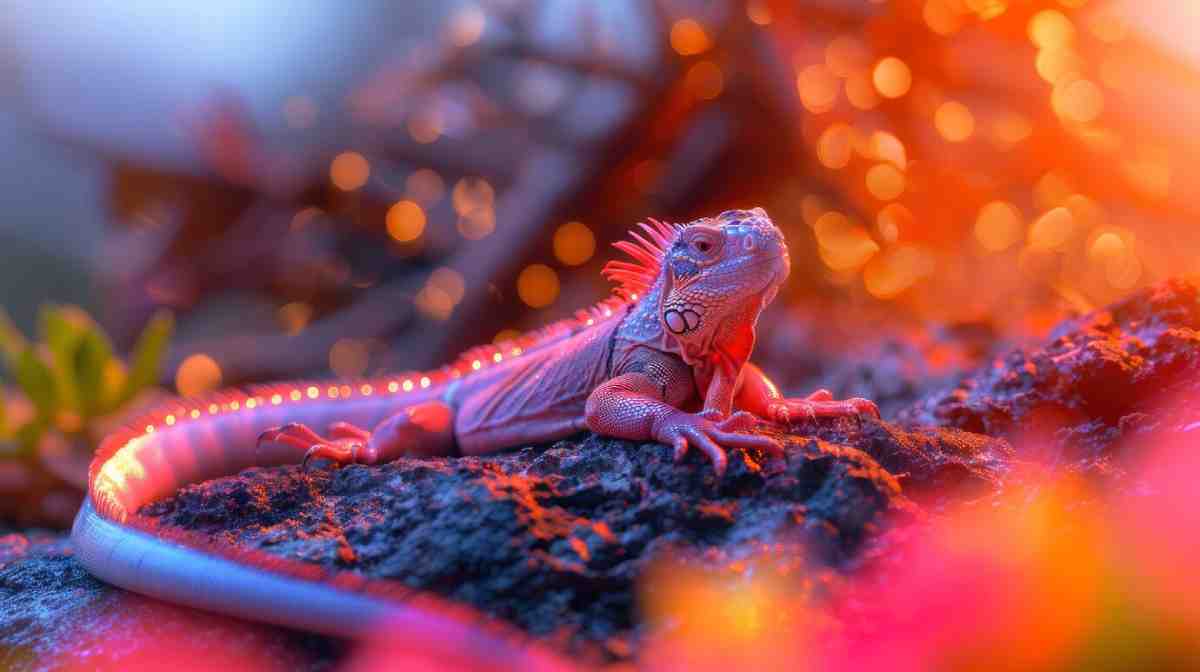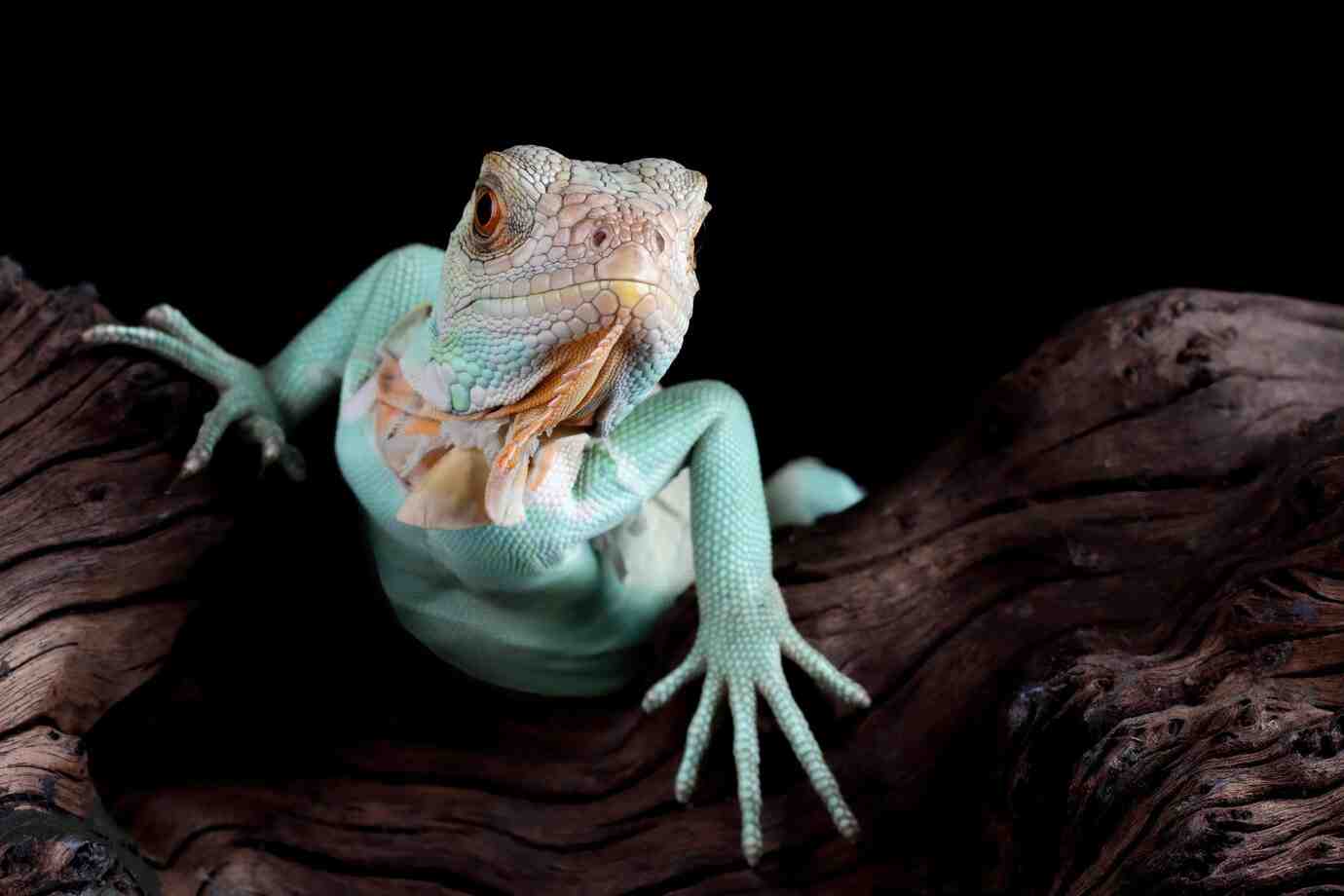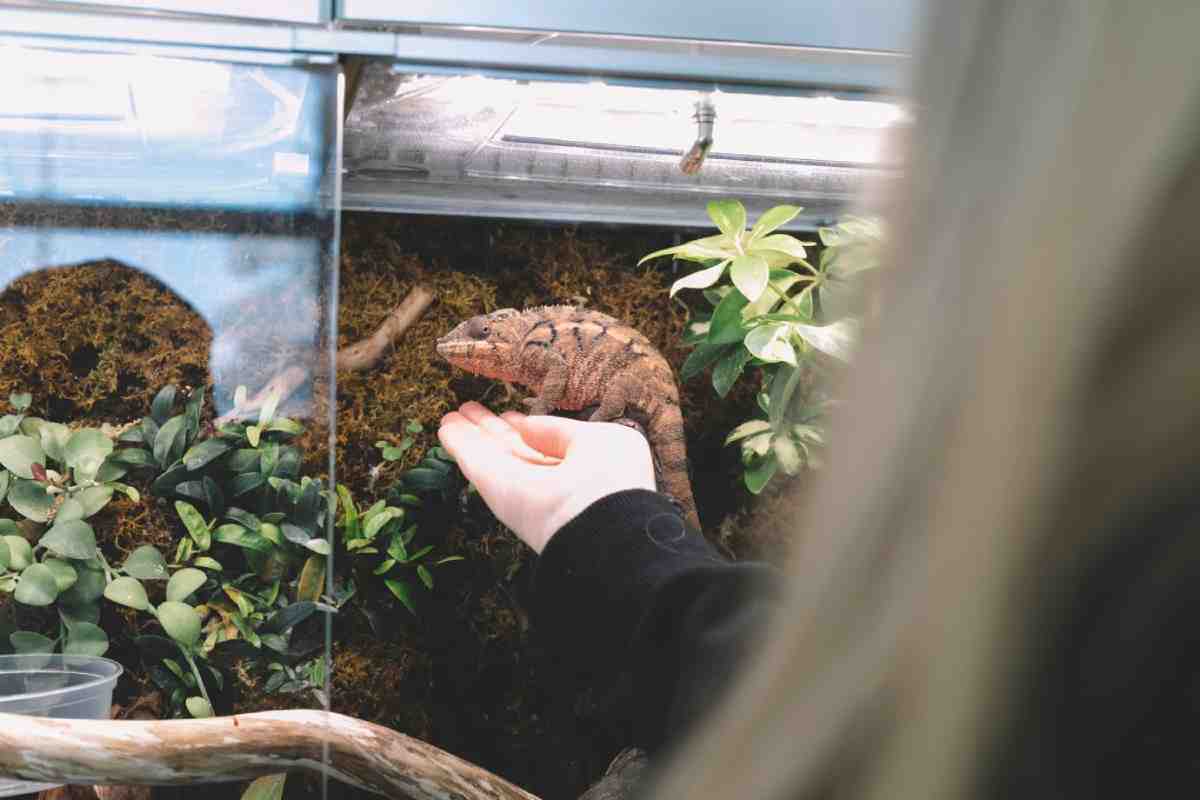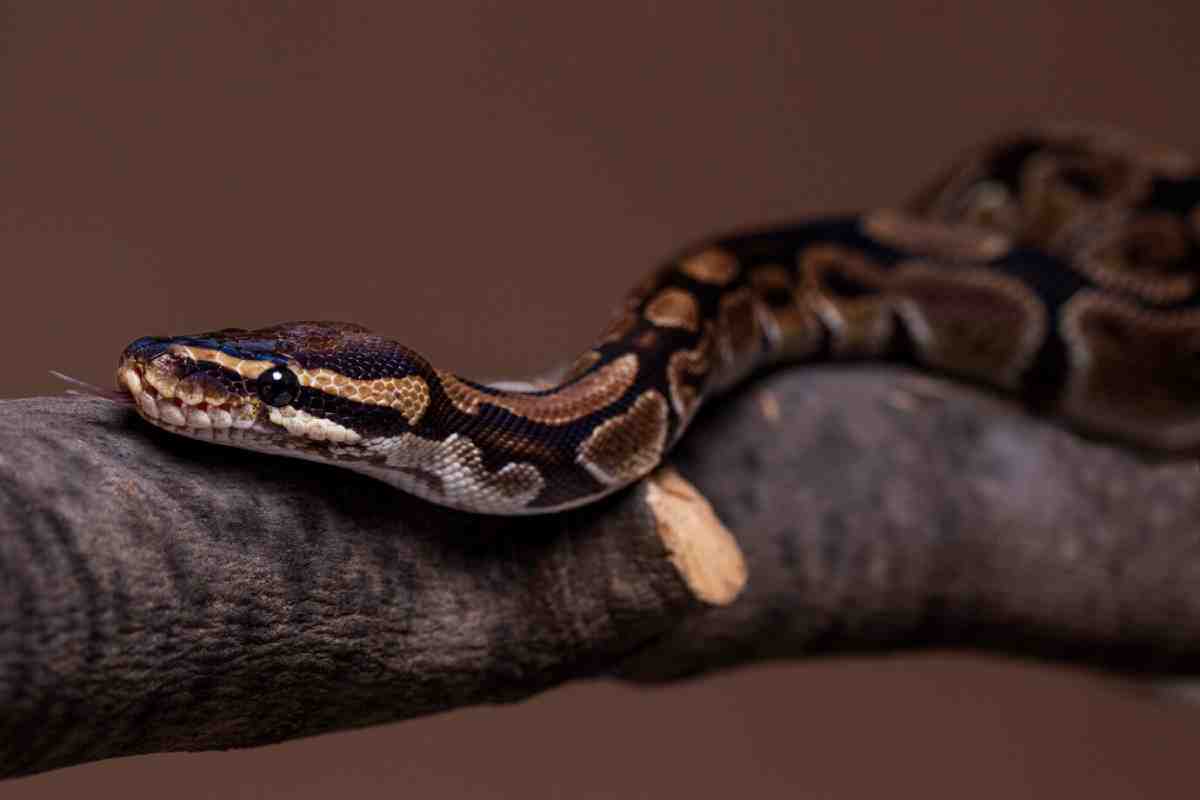
Ball Python Care: Everything You Need to Know
Ball pythons are one of the most popular beginner reptile pets — and for good reason. They’re calm, easy to handle, and don’t require a massive enclosure. But even though they’re beginner-friendly, these snakes still need proper care to stay healthy and happy.
This guide will walk you through everything you need to know about ball python care. From setting up the perfect habitat to feeding and handling, you’ll learn how to give your snake the best life possible.
Why Ball Pythons Make Great Pets
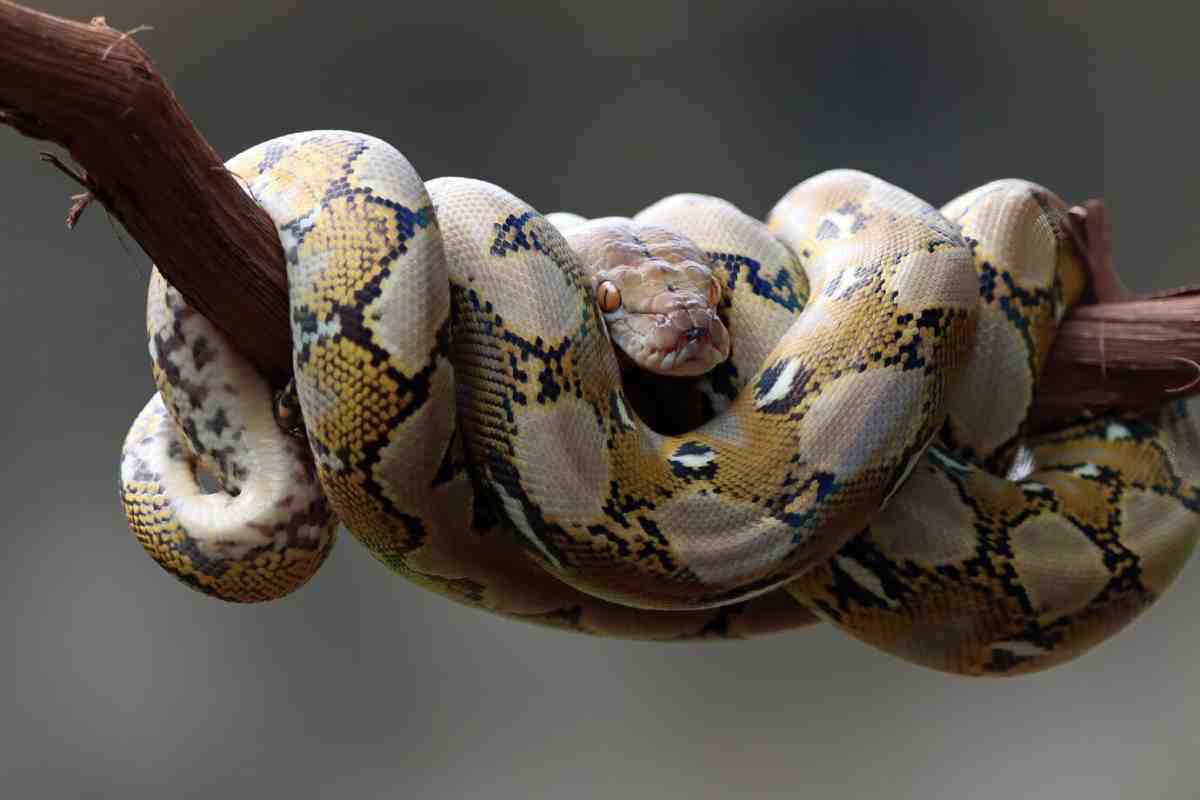
Ball pythons are native to West and Central Africa, where they live in warm, dry environments. In captivity, they’ve gained a reputation as calm, slow-moving snakes that rarely bite. Their size is also a bonus — they usually grow to around 3 to 5 feet, making them manageable for most homes.
Benefits of Ball Pythons:
- Docile and easy to handle
- Smaller size compared to other pythons
- Low-maintenance once set up correctly
- Live 20–30 years with proper care
- Don’t need daily interaction (great for busy owners)
They’re called “ball” pythons because they curl into a ball when scared. It’s a defence mechanism, not aggression!
Choosing the Right Ball Python
When picking your first snake, choose a captive-bred ball python. These are more likely to be healthy, used to handling, and less stressed in captivity.
What to Look For:
- Clear eyes and smooth skin
- A rounded body, not thin or bony
- No signs of mites or skin damage
- Curious behaviour, not too lethargic
- A clean vent (no stuck faeces or discharge)
Avoid snakes that look overly thin, have stuck shed, or seem very nervous.
Ball Python Setup: Building the Perfect Home
A proper ball python setup is key to keeping your snake healthy. They need the right heat, humidity, and hiding spots to feel secure.
Enclosure Size:
- Juveniles: 20-gallon tank
- Adults: 40-gallon tank or larger
Avoid cages that are too large for babies — they may feel unsafe and refuse to eat.
Enclosure Types:
- Glass Tanks: Easy to find, but may need extra humidity control
- PVC Enclosures: Hold heat and moisture better
- Plastic Tubs: Affordable and popular with breeders (but less appealing for display)
Heating and Lighting
Ball pythons are cold-blooded. They need a warm side and a cooler side in their tank.
Temperature Zones:
- Warm Side (basking spot): 31–33°C
- Cool Side: 24–26°C
- Night Time: Don’t let it drop below 22°C
Use a ceramic heat emitter or under-tank heating pad connected to a thermostat. Avoid heat rocks — they can burn your snake.
Light:
Ball pythons don’t need UVB lighting, but a light cycle (12 hours on, 12 hours off) helps maintain a natural rhythm.
Tip: Use a digital thermometer on both ends of the tank to monitor temperatures accurately.
Humidity and Substrate
Ball pythons need moderate humidity to stay hydrated and shed properly.
Ideal Humidity:
- 50–60% regularly
- 60–70% during shedding
How to Maintain Humidity:
- Use a large water bowl on the warm side
- Mist the enclosure lightly if needed
- Cover part of the screen top if humidity is low
- Add damp moss to a hide when your snake starts to shed
Best Substrates:
- Coconut fibre
- Cypress mulch
- Aspen (less ideal for humidity but easy to clean)
Avoid sand or cedar — they can cause respiratory or skin issues.
Hides, Decor, and Enrichment
Ball pythons are shy and love to hide. Without proper cover, they may become stressed and stop eating.
Must-Have Items:
- Two hides: One on each side of the tank (warm and cool)
- Water bowl: Large enough for soaking, cleaned regularly
- Branches or logs: Optional, but some ball pythons like to climb
- Fake plants or décor: Helps them feel secure
Snakes don’t need toys, but a well-decorated enclosure gives them mental comfort.
Feeding Your Ball Python
Feeding is simple — but it must be done right. Ball pythons eat rodents and usually feed once a week.
What to Feed:
- Frozen-thawed mice or rats (never live prey)
- Size should be about as wide as the snake’s thickest part
Feeding Frequency:
- Babies: Every 5–7 days
- Juveniles: Every 7–10 days
- Adults: Every 10–14 days
Feed inside the enclosure unless your snake becomes cage-aggressive. Always supervise feeding and remove uneaten prey within a few hours.
Ball pythons may skip meals, especially during shedding or cooler months. This is normal — just monitor their weight.
Handling and Bonding
Ball pythons are one of the easiest reptiles to handle. With gentle, regular interaction, most become very relaxed.
Tips for Handling:
- Wait 48 hours after feeding before handling
- Start with short sessions (5–10 minutes)
- Support their body and avoid sudden movements
- Handle 2–3 times a week to build trust
Never grab your snake from above — this mimics predator behaviour and may scare them.
Shedding and Health Monitoring
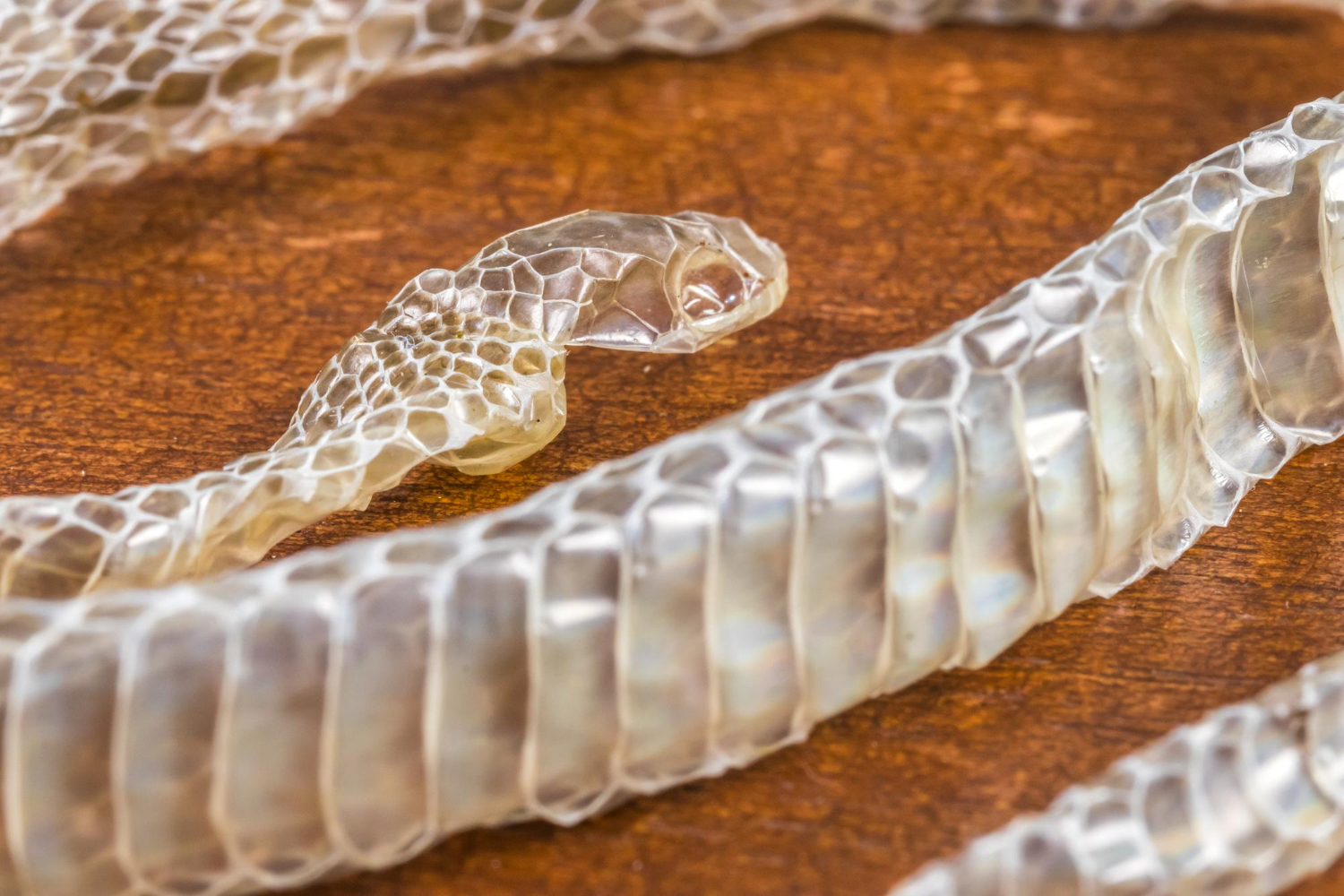
Snakes shed their skin as they grow. A healthy shed should come off in one full piece.
Signs of Upcoming Shed:
- Dull or cloudy eyes
- Darker skin
- Hiding more than usual
- Reduced appetite
Support Healthy Shedding:
- Maintain proper humidity
- Add a moist hide with damp moss
- Don’t peel off stuck skin — soak your snake in warm water if needed
Common Health Issues
Even with good care, problems can arise. Here’s what to watch for:
| Issue | Signs | Action |
| Mites | Small black dots on skin | Clean enclosure, use mite spray |
| Respiratory Infection | Wheezing, bubbles from nose | See a reptile vet |
| Stuck Shed | Skin left on eyes or tail | Soak snake and increase humidity |
| Refusing Food | No interest in prey | Check temps, stress, and enclosure setup |
Regular weight checks and close observation help you catch problems early.
Cleaning and Maintenance
A clean enclosure is a healthy one. Set a routine to keep everything tidy and safe.
Daily Tasks:
- Remove waste
- Refresh water
- Check temperatures and humidity
Weekly Tasks:
- Spot clean substrate
- Wipe down surfaces
Monthly Tasks:
- Deep clean entire enclosure
- Replace substrate
- Disinfect décor and hides
Use reptile-safe cleaners or a vinegar/water mix. Rinse everything well before placing it back in the enclosure.
A Rewarding Pet with the Right Care
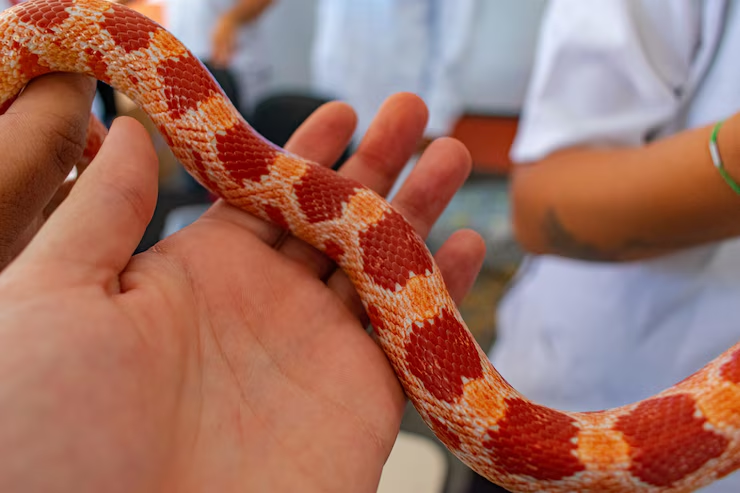
Ball pythons are a wonderful first snake for new keepers. With the right ball python setup, regular feeding, and a calm approach to handling, these reptiles can live long, healthy lives. They don’t need much — just the right humidity, a few good hides, and your attention to detail.
Whether you’re new to reptiles or adding to your collection, ball pythons offer a low-stress, rewarding experience for keepers of all ages.
